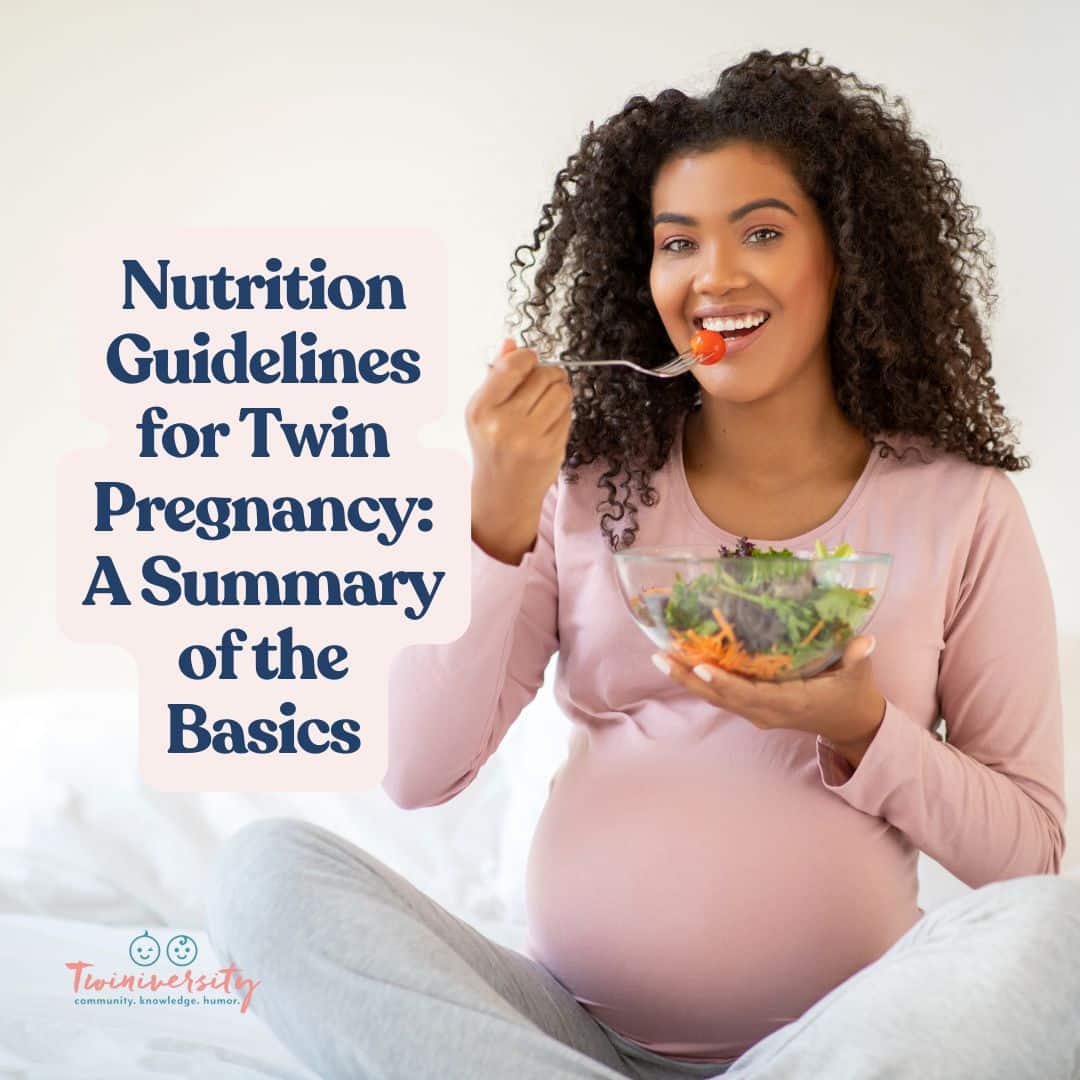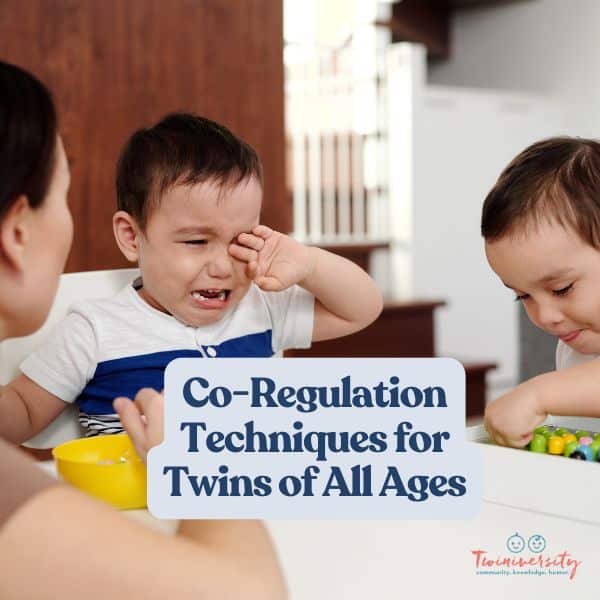Last updated on March 11th, 2024 at 12:37 pm



A mom who suffered from gestational diabetes during her twin pregnancy shares her tips to get through it, including do’s and don’ts and meal ideas.
I’ll never forget the conversation that changed my whole, already daunting, twin pregnancy.
I was finishing up my breakfast when my phone rang. I knew it was the doctor’s office calling with the results of my glucose screening. At just about six months along I was eating really well, moving as much as I could, and all around taking great care of myself. I knew I had passed. gestational diabetes
So imagine my shock when I heard I failed. And not just by a few points. They wanted my number to be under 140. It was a whopping 183. Ugh.
I was told to skip the 3-hour test and head immediately for gestational diabetes counseling with a nutritionist where I would learn how to test my blood sugar and make the appropriate lifestyle changes to prevent complications.

I was terrified. And sad. And angry. “How did this happen?”, I asked the nutritionist at my consult. “I did everything right. I am eating better than I have in my life. My weight is perfect. I exercise. How could this happen?”
Her answer put me at ease: “It’s not you or anything you did – it’s the twins and the added hormones that come with them. Your pancreas simply can’t make enough insulin to convert glucose into energy so you have all this extra glucose just hanging out in your bloodstream.” gestational diabetes
I felt better but I had even more questions. What do I do now? How can this hurt my babies? What if it doesn’t go away?
She assured me it would most likely disappear shortly after their birth and that it would most likely be managed by eating right and monitoring my carb intake with 4 daily finger pricks.
If worse came to worst and they saw no change with dietary improvements then I would need insulin. And so began my journey with gestational diabetes (GD). Here’s what I learned…
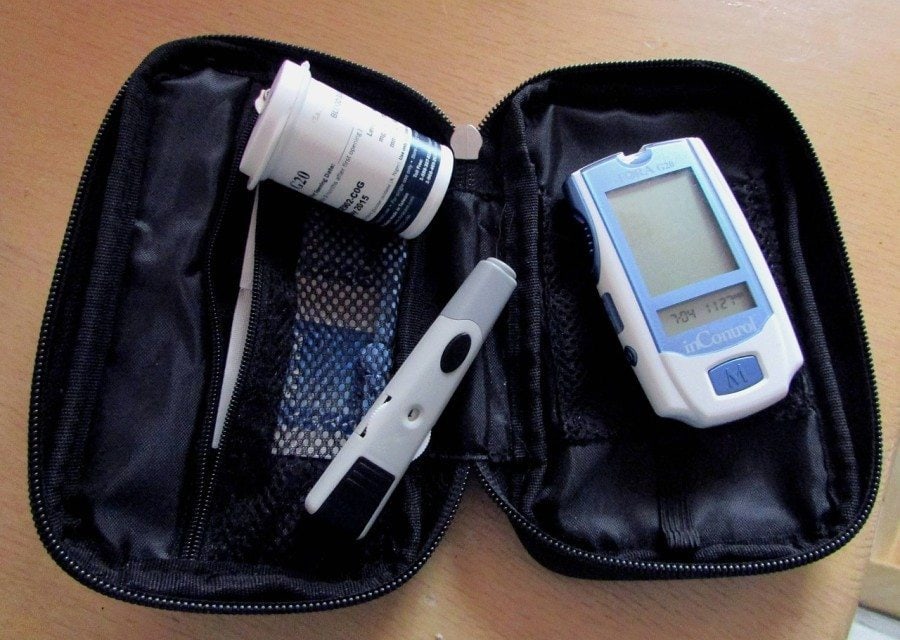
The Dos
Do Your Own Research
This is one of those times in pregnancy where Google can be your friend. It can be overwhelming in that initial appointment and you may find you have tons of questions later. There is a lot of helpful information out there about gestational diabetes and how to manage it. Do a quick search and you’ll see.
Do Join a Support Group
Find a support group or online forum where you can connect with others, read what their experiences and also get some ideas on what they eat. Find a group in which you feel comfortable sharing your fears and struggles so you don’t feel like you’re all alone on this journey.
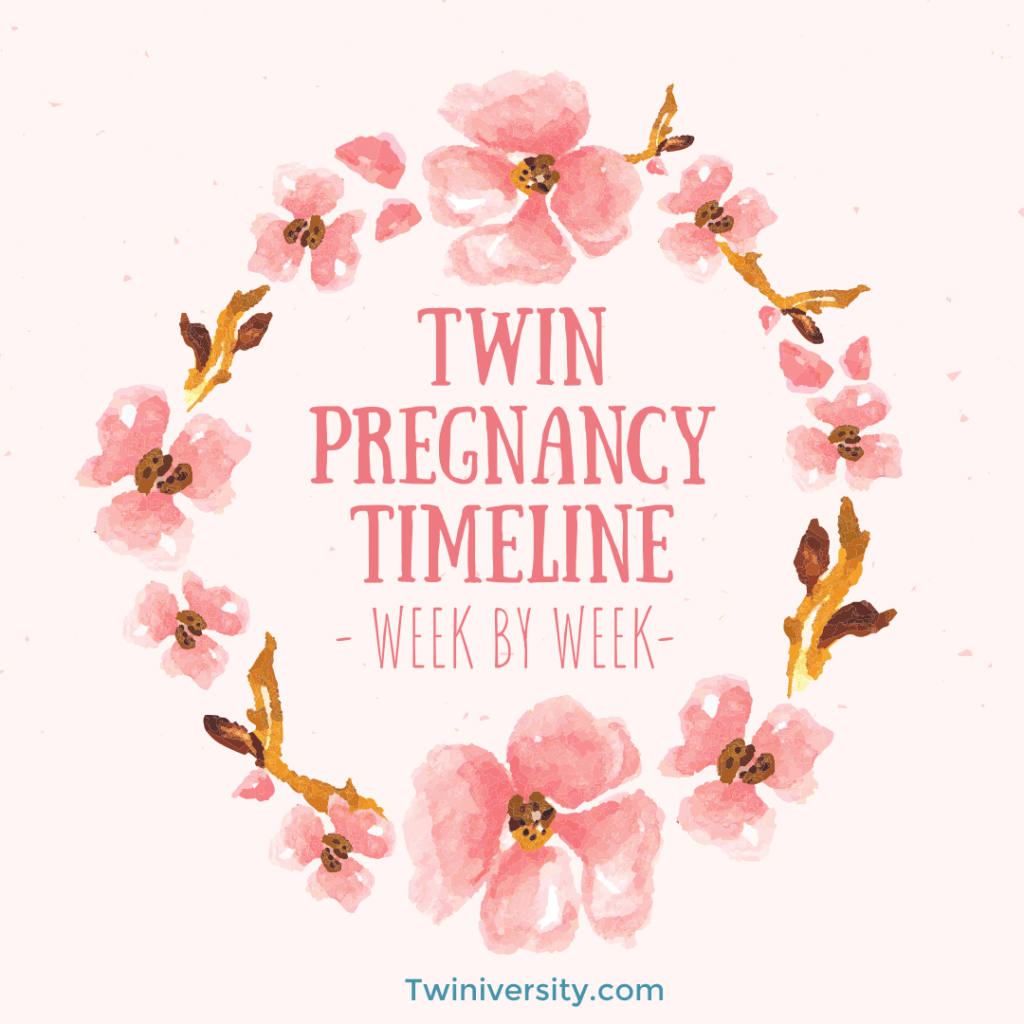
If you just heard that second heartbeat for the first time, or you know it’s been two for a while, you need to read our twin pregnancy week by week timeline to help you learn what happens week by week with twins. Click here to learn more… and while you’re at it, check out our expecting twins classes and twin parent coaching services.
Do Keep a Food Journal
Write down every single thing you eat and note the carb amounts next to it. After 1 hour, test your blood sugar and write the result in your journal.
After a week of doing this, I had over a dozen go-to meals and snacks that I knew would keep my levels in check. I also knew which foods put me over the edge and which ones to absolutely avoid. Of course, my favorites (pizza and bagels with cream cheese) were on that list.

This makes meal planning, preparation, grocery shopping, and eating well so much easier in the long run. gestational diabetes
Do Take Walks and Exercise as Often as You Feel Up to It
When I couldn’t help myself and ate something that wasn’t great for me I made it a point to get outside and walk. Or if it was raining I did laps around my apartment, followed by some energetic yoga or stretches.

The majority of the time I would see my number in the “good” range even though I knew what I ate should have put it over. This is not to say you can eat whatever you want and exercise your way into a healthy range, but staying active can work in conjunction with eating well to keep you healthier overall.
Do Eat Right
This is the most important thing. You already know that growing twins means you are eating practically all the time. You can still do that but now it is much more important to pay attention to what you’re eating and how much of it.
The key is to fill up on tons of vegetables, protein, and fiber rather than fat, carbs, and sugar. Keeping your food journal will help you plan and prepare easy, go-to meals and snacks that fit within your sugar ranges so you never have to go hungry or stress about what you’re eating next which can lead to unhealthy choices.

What To Eat
- Salads – Include as many veggies as you can. My go-to was: lettuce, spinach, broccoli, carrots, peppers, olives, cucumbers, and tomatoes. Add in a hard boiled egg, chicken, tuna, or cheese cubes for more protein and a simple vinaigrette dressing on the side.
- Protein – Tons of it. Eggs, beans, chicken, lean meat, fish, cheese, cottage cheese, yogurt, almonds, and peanut butter. All day, every day.
- Fiber – Fiber helps manage blood glucose and cholesterol so aim for 25-30 grams a day. Good choices are some fruits like apples, raspberries, and pears (most fruit is off limits though due to the high sugar content) and non-starchy vegetables like asparagus, broccoli, beans, spinach, and other greens.
- Whole wheat or sprouted bread, tortillas or sandwich thins and lettuce wraps – Toss out the white bread (it’s about as healthy as eating a few cubes of sugar) and swap in some carb friendly choices instead. Look for sprouted or 100% Whole Wheat anything which yields more fiber and fewer carbs. Or skip the bread altogether and opt for lettuce wraps or lettuce buns.

Need some twin parent friends? Get the support you need with a Twiniversity Membership. Benefits include a monthly twin parent club meeting on Zoom, access to a private Facebook group just for twin parents, and a video library of twin parenting lessons. Visit Twiniversity.com/membership to join today!
Green Smoothies With Protein Powder
I drank these almost every day even before finding out I had GD. Here’s my go-to recipe for a big batch that yields 6 servings:
- 1 cup blueberries
- 1 cup sliced strawberries
- 2 frozen bananas, cut into chunks
- 1 cup spinach or kale
- 1 1/2 cups hemp protein powder plus fiber
- 1 cup plain Greek yogurt
- 1 cup peanut butter
- 2 1/2 cups almond milk, plus more as needed
- Ice as needed
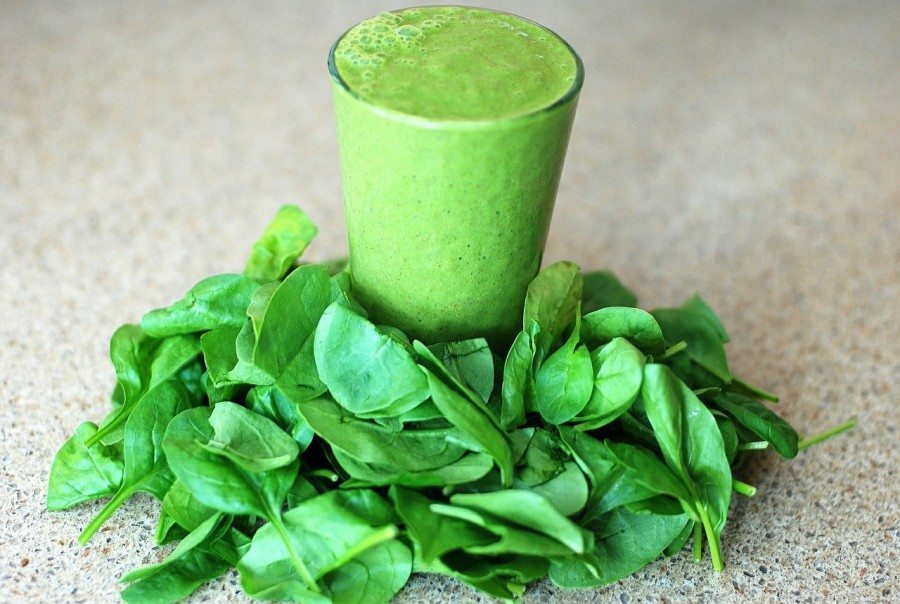
3-Day Sample Menu of What I Ate
Day 1:
- Breakfast: 2 eggs with asparagus, 1 slice of whole-wheat toast with a smidgen of butter, 2 turkey sausage links
- AM snack: avocado and almonds
- Lunch: Large salad with tons of veggies, baked chicken and cheese cubes
- PM snack: plain greek yogurt with raspberries and blueberries
- Dinner: Baked salmon, large salad, broccoli, and cucumber sticks
Day 2:
- Breakfast: granola cereal with yogurt, ½ a banana
- AM snack: hard boiled egg mixed with salsa, almonds
- Lunch: Whole Wheat English muffin pizza with homemade pasta sauce, mozzarella cheese with spinach and red peppers, carrot sticks, ½ a pear
- PM snack: red pepper sticks and cheese cubes
- Dinner: baked chicken breast, broccoli and cauliflower mix, ½ a small baked potato
Day 3:
- Breakfast: Mini Whole Wheat bagel with peanut butter, ½ a banana
- AM snack: protein green smoothie, almonds
- Lunch: fresh deli turkey and cheddar cheese on sandwich thins with ½ an avocado as spread instead of mayonnaise, blueberries, a pickle
- PM snack: apple slices with peanut butter spread
- Dinner: chicken quesadilla on whole wheat tortilla with spinach, red peppers, and cheese, other ½ of avocado and salsa

The Don’ts
Don’t Worry About What You Can Do to Pass Your Glucose Screening
The internet is full of people asking how to “pass” the glucose screening. I get it, it’s a pain the butt, especially if you fail by a measly few points and you have to take the 3 hour. Plenty of people say things like, “just don’t eat anything the day of” or “take a walk before it” or the worst: “opt out of it.”
My advice? Don’t change anything. gestational diabetes
Simply put, this is one test that you do not want to cheat on. And the reality is that if you have it you won’t be able to hide it anyway so don’t even worry about it.

Remind yourself that if somehow it did go undiagnosed it puts your babies at risk of complications like macrosomia, hypoglycemia, preterm labor, and respiratory issues.
Drink the drink, get the stick, and hope for the best! But in the event that you fail as I did…
Don’t Blame Yourself!
This is SUPER important. Like I said before, I did everything right. My diet was pretty great long before I got pregnant and while I probably could have exercised more I definitely did not think I’d develop gestational diabetes. But after doing more research I found that this was just yet another potential side effect of twin pregnancy.
There are other risk factors for developing gestational diabetes such as advanced maternal age, high BMI, and a family history of diabetes but the truth is that simply carrying twins increases your chances of getting it. Your doctor knows this already so don’t worry about them judging you either. It is not your fault.
Don’t Panic
It really will be ok. I panicked and it was unnecessary and probably not too great for the babies. The hardest part of the ordeal was having to stick myself four times a day and having to turn down a second piece of cake at my baby shower.
Other than that it’s no worse than making any other sort of lifestyle change. And you have one of the best reasons to do it – to keep your babies safe!
Don’t Ignore the Advice and Information From Medical Professionals
I know right now it seems like it’s the hardest thing ever. For the first time in your life, you have a chance to eat pretty much whatever, whenever you want without judgment and now you can’t do that anymore (at least not without potential consequences.)
The thing to remember is that while gestational diabetes is not so much fun, it’s actually quite easy to keep your sugar in check once you know what you’re doing. It won’t happen overnight, but following the rules and guidelines you’re given will help ensure success. gestational diabetes

Need a plan for the first week home with twins? Book your 60-minute twins \post-delivery strategy session on a video call with Lauren Oak, Twin Expert and Certified Postpartum Doula (and mom of twins!), to create a customized game plan for you and your twins when they come home. Click here to learn more… and while you’re at it, check out our Twiniversity Shop and Twin Parent Memberships.
What Not To Eat
- Most Cereals – It is extremely hard to find a high fiber, low sugar breakfast cereal. If you must have your daily bowl opt instead for real oatmeal (no packets) or a basic bran cereal (aka cardboard).
- “White” Foods – White bread/bagels/tortillas, pasta, and sugar are the big no-nos. White potatoes aren’t great either although I still ate mashed potatoes every once in a while.
- Juice – It’s all sugar and all the beneficial fiber of the fruit has been taken out. Instead, add some fresh fruit or lemon to your water. Same goes for soda and energy drinks – just don’t do it.
After The Babies Are Born
At my six-week postpartum checkup, I was sent for another glucose tolerance test. I passed this one, thankfully, but will continue to be checked annually.

Having gestational diabetes puts you at high risk for developing type two diabetes in the future but there are things you can do to combat this risk:
- Get your body back to a normal weight range and maintain it
- Continue to eat healthily
- Exercise more often
- Breastfeed or pump breast milk (if possible)
- Know the symptoms of Type 2 diabetes and contact your doctor immediately if you have any concerns

Worried about breastfeeding twins? What To Do When You’re Breastfeeding Two is an on-demand online breastfeeding twins class made just for YOU! This course was created by Twiniversity in partnership with Judy Teibloom-Mishkin, IBCLC. Click here to learn more…
While one ever wishes to develop gestational diabetes, the bottom line is that it’s far from the worst thing that could happen in pregnancy. It can carry a hefty learning curve but, for the most part, it is easily managed with the right diet and exercise plan.
And just remember it’s almost always not your fault and 95% of the time it disappears right after the babies are born. Just think of it as your body’s way of guaranteeing you eat the best things for you and your babies. You’ll feel better and know you’re doing what needs to be done to protect them!

Maigen Beaulieu is a former Child-Care Provider and freelance writer living in Upstate New York with her husband, 7-year-old identical twin girls, one lazy cat (Willow), and one wild Yorkie (Ella). As a way to cope with anxiety during her twin pregnancy, she began blogging about her journey and discovered a love of writing for, and connecting with, other parents of multiples. While her blog was put to rest years ago (hello, working mom of toddler twins with zero time to write), Maigen is thrilled to join Twiniversity and help other families navigate the journey of parenting multiples. When she isn’t writing about the magic and madness of twins, she can be found reading historical fiction, researching her family history as an amateur genealogist, or sewing cute jackets for her dog. She can be reached via her blog Life and Love. Multiplied, on Twitter and Instagram.




